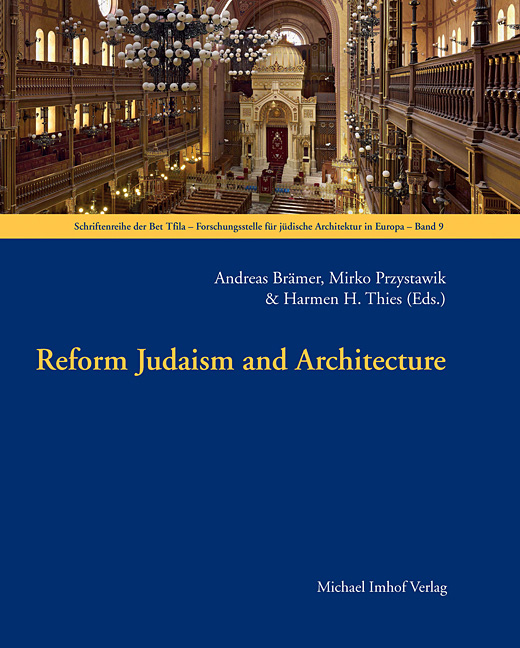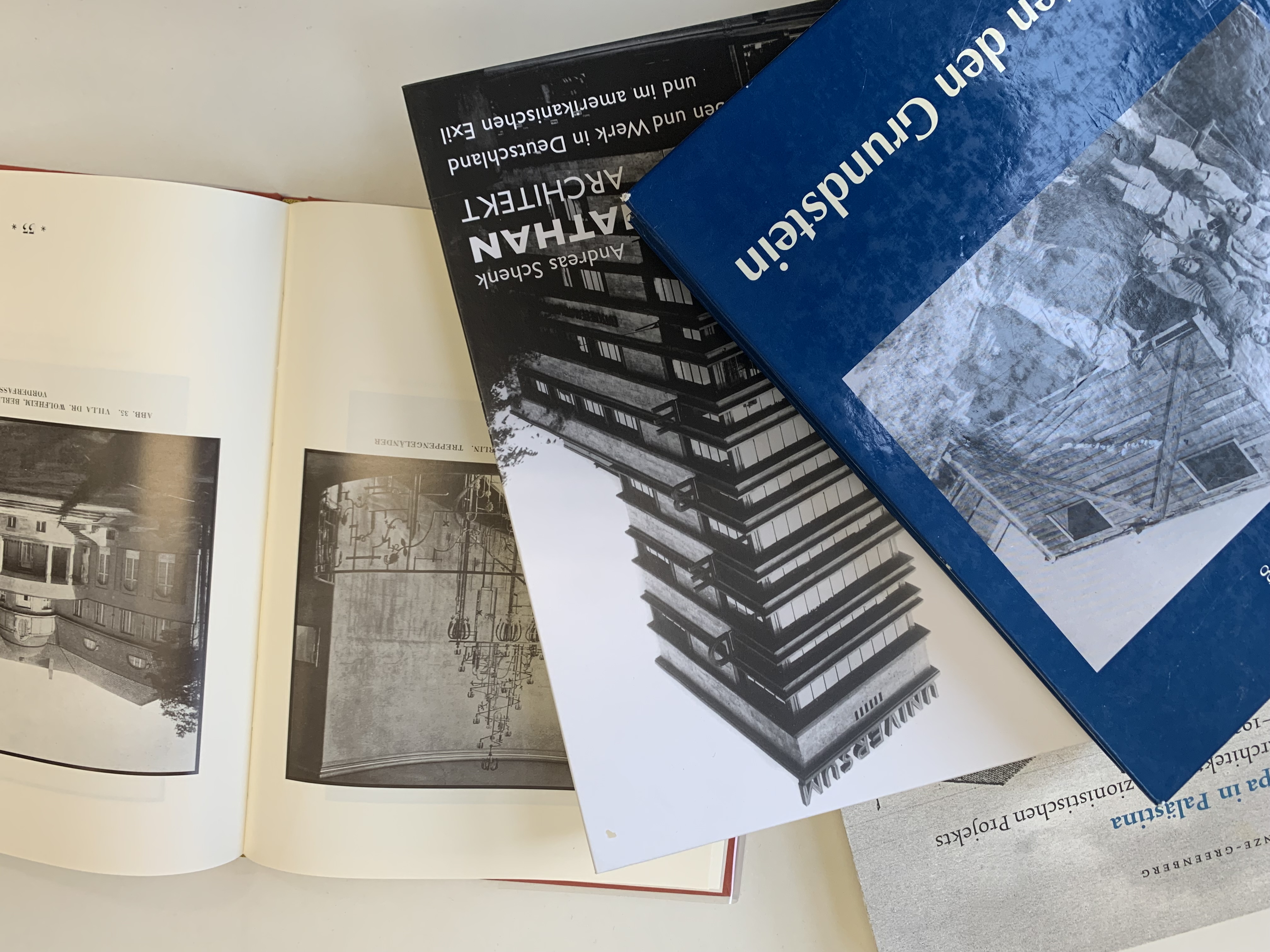Sponsored by PRO*Niedersachsen (2008–2016)
In 2010, progressive Jewish religious communities around the world celebrated the two-hundredth anniversary of the “Jacob’s Temple,” the first specifically built Reform synagogue, dedicated in Seesen in 1810. The Bet Tfila – Research Center for Jewish Architecture in Europe (Technical University of Braunschweig) and the IGdJ took this date as an opportunity to research in a cooperative project the beginnings of Reform synagogues, which originated in Lower Saxony, and their spread from Germany to neighboring countries and to America. In the early nineteenth century, it was the generation of Israel Jacobson (1768–1828), founder of the Jewish Free School and Temple in Seesen, that created new liturgical-functional conditions for synagogue construction through a reform of worship: Certain architectural features make a synagogue a “Reform temple;” they testify to the convictions of the builders as well as to the possibilities that the Christian majority granted to representations of Jewish self-confidence. In various places in Lower Saxony, changes in the religious life of Jewish communities as well as in their social and cultural identity can be seen: New synagogues bear witness to this, as does the reform of the Jewish school system, for which, in addition to Seesen, the free schools in Hannover and Wolfenbüttel constitute noteworthy examples. The new ideas spread early to smaller towns in Lower Saxony. With a rabbinical meeting in Braunschweig in 1844, important suggestions for reform emanated from there and they were adapted in Germany, Europe, and the USA.




